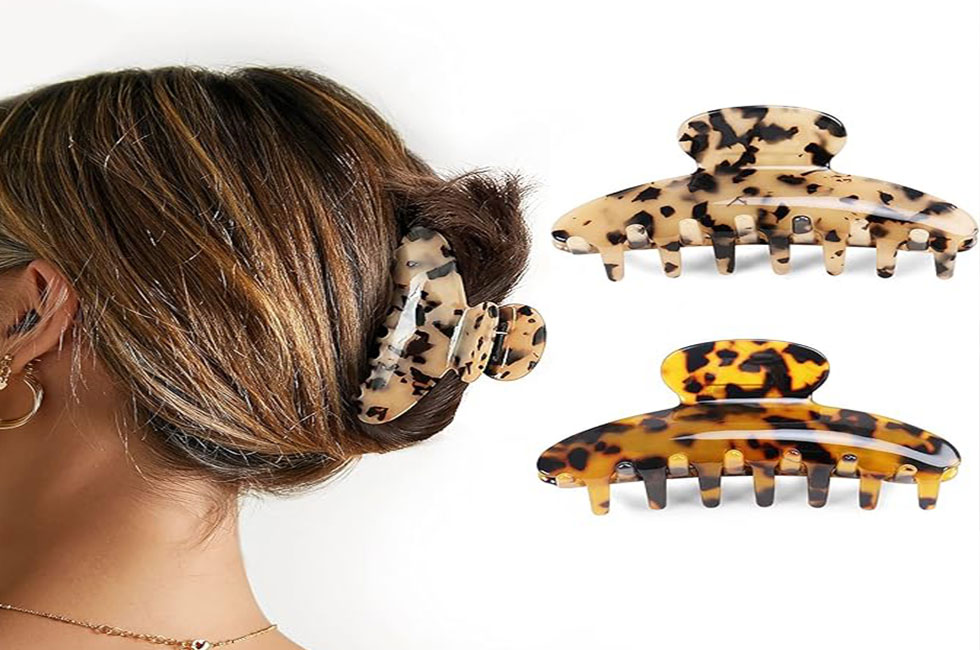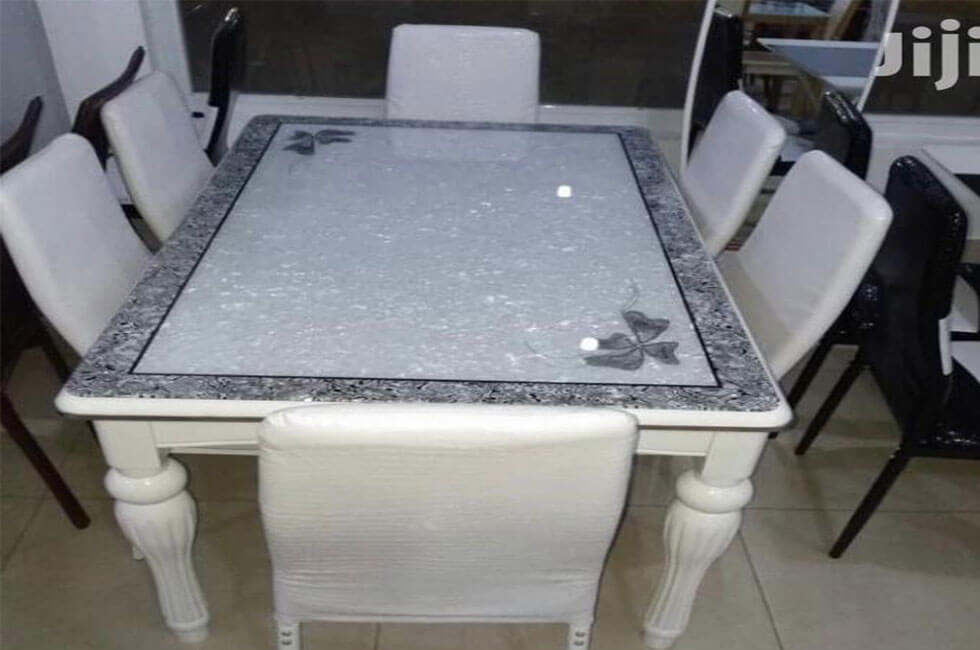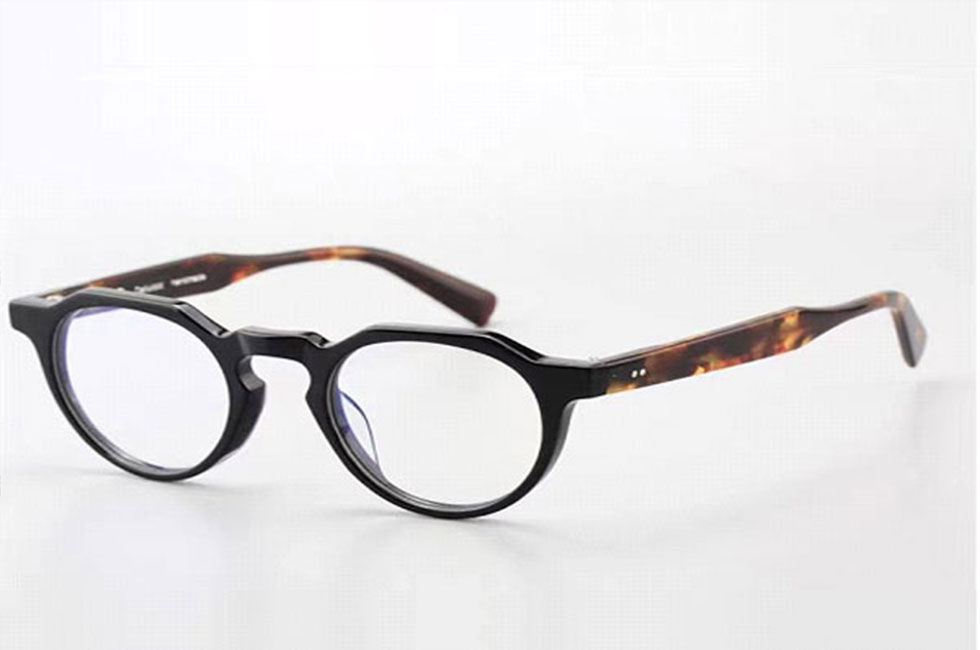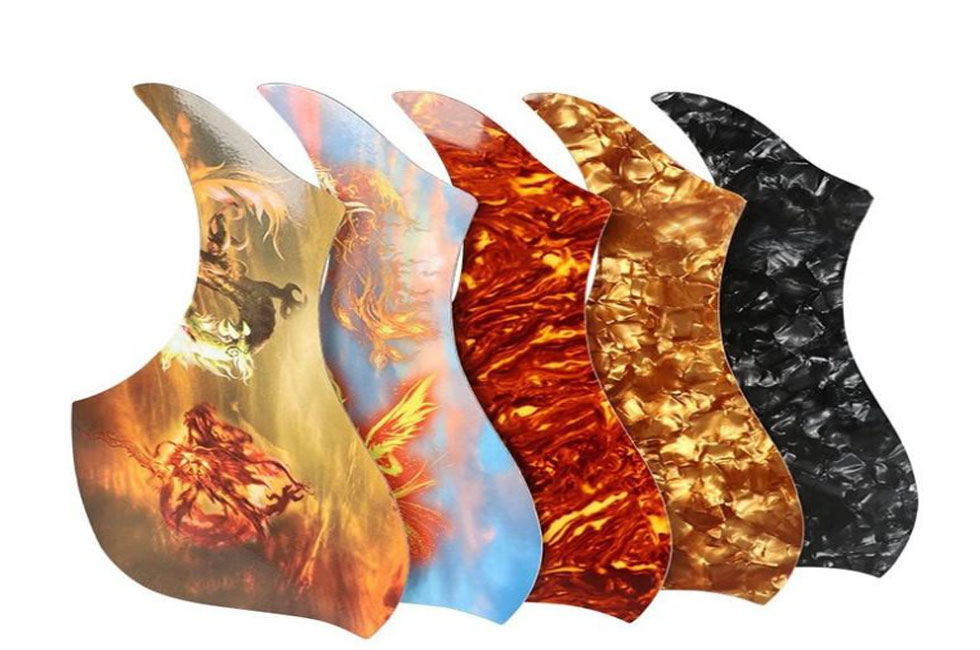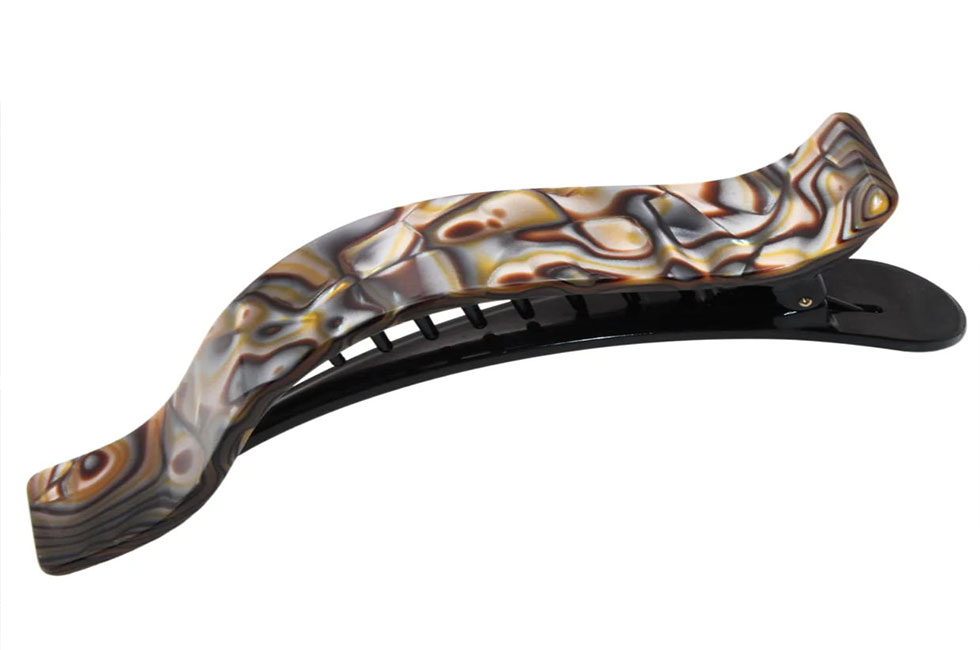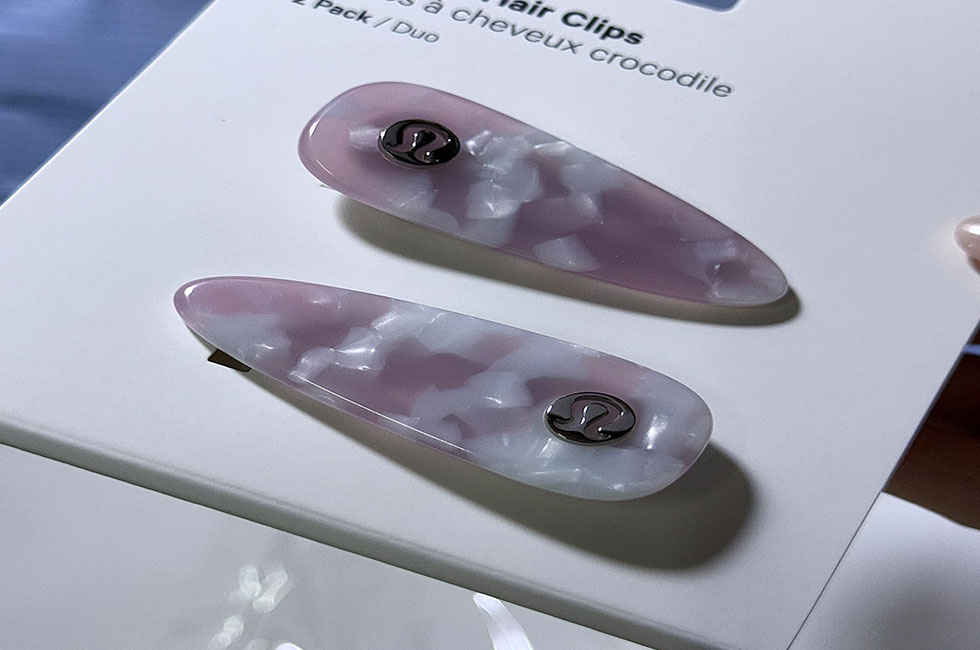Celluloid Bobby Pin: Thoughtful Ingenuity Hidden in the Hair
This seemingly simple little gadget is a must-have for styling your hair. Whether it’s securing loose strands in a ponytail or securing key strands in an updo, it’s an essential accessory. However, anyone who has used a figure-of-six clip knows that finding one that’s neither too loose nor too tight, aesthetically pleasing, and practical is surprisingly difficult. The combination of celluloid and figure-of-six clips reflects the designer’s meticulous attention to everyday needs, meticulous craftsmanship, and the user’s meticulous attention to detail.
Frequent hairstylists have all experienced this frustration: metal figure-of-six clips are too firm, causing the scalp to tighten after prolonged use and ripping out strands of hair when removed. Ordinary plastic ones are too soft, becoming loose with the slightest movement and requiring constant readjustment. It wasn’t until I tried a celluloid figure-of-six clip that I finally understood what “just the right amount of force” meant. Behind this lies the meticulous attention to craftsmanship of the veteran craftsmen. They carefully select celluloid sheets of uniform thickness, using a special compass to draw an outline 1mm larger than the finished product. “You need to leave enough room for polishing, otherwise the edges will be rough.” Heating and shaping is the most crucial step. The master craftsman, holding the cut celluloid sheets with tweezers, suspends them under a 60-degree constant-temperature lamp. “Too high a temperature will cause them to warp and burn, while too low will prevent them from holding their shape.” Once the material softens slightly, it’s quickly pressed into a custom curved mold. Heavy objects are then used to hold down the ends as it cools. “The arc must conform to the curve of the scalp. Too steep a pinch will hurt, and too gentle a pinch will not hold firmly.” The woman who makes handmade hair accessories said, “Celluloid is a unique material. It has the lightness of plastic and the toughness of metal. When we make the clips, we deliberately adjust the curvature to be gentle. It ‘wraps’ the hair without ‘biting’ it. It stays secure even after a day of running and jumping, and when you remove it, it slides smoothly along the hair without any pain.” Adjusting the thickness from 0.3mm to 0.5mm, and polishing the edges from sharp to rounded, are all experiences gleaned from countless trials and errors.
Celluloid’s “beauty” also hides ingenuity, and this ingenuity is brought to life through craftsmanship. It doesn’t have the cold, hard sheen of metal, nor the dull colors of ordinary plastic. To achieve the warmth of amber, fine mica powder must be added to the raw materials, and the mixture must be stirred in one direction, “otherwise the powder will sink to the bottom, resulting in an uneven sheen.” Simulated tortoiseshell patterns must be hand-smudged, with experienced artists using a bamboo brush dipped in coloring paste to slowly apply it to heated celluloid sheets. “If you rush, it will become a paste. You want it to be as natural as the foam spreading when brewing tea.” This technique can create a yellow as warm as amber, a white as transparent as jade, and even patterns that mimic tortoiseshell, yet with a more dynamic quality than the real thing. During bridal makeup trials, makeup artists often use a shimmering celluloid clip to secure the veil: “It doesn’t steal the show; it takes on a subtle sheen in the light, complementing the pearlescent sheen of the wedding dress, like a layer of starlight falling on your hair.” Commuters prefer a matte finish, the result of repeatedly sanding the surface with fine sandpaper, “to the point where fingerprints can easily cling, but won’t snag.” Clipped to the side of a low ponytail, it unobtrusively feels like an integral part of the hair, yet subtly enhances the look. This mastery of “presence” is the essence of the art of living—decoration doesn’t need to be ostentatious; the perfect touch is most captivating.
Those who have used a celluloid clip are likely impressed by its durability. This durability is also due to its meticulous craftsmanship. After forming, the clip is soaked in clean water for 48 hours “to release stress in the material, otherwise it will warp in the wet.” Finally, it is polished three times with a wool wheel, and even the gaps between the clips are rubbed clean with cotton thread. During the humid rainy season, metal hair clips easily rust and leave marks, while ordinary plastic clips become brittle and crack. However, celluloid hair clips are moisture-resistant. Even if they accidentally fall into the sink, they can be dried and still used. Mothers with children are particularly fond of them: “Children always love to pull at hair clips, but celluloid hair clips don’t break when dropped, and their rounded edges mean they can be chewed (though not recommended) without worrying about scratches. They’re much safer than other materials.”
Currently, more and more hair clips are made of celluloid. While they may not be as expensive as precious metals, their proven craftsmanship and user experience demonstrate that quality everyday products are not defined by price, but by respecting the needs of their users. When a celluloid hair clip is gently placed in the hair, its perfect grip and warm sheen reflect the unique characteristics of the material, the warmth of craftsmanship, and a serious attitude towards ordinary life.
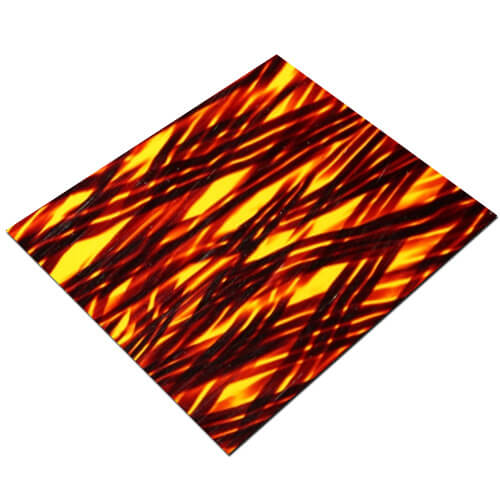
Contact us team
If you are interested in our article after reading it, please do not hesitate to send us an email to express your thoughts.

